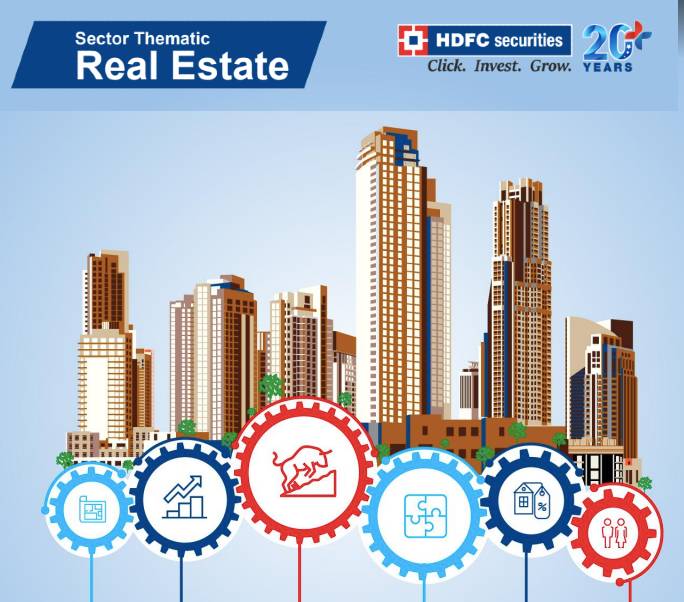Debate around the new real estate upcycle continues to cloud the market’s collective wisdom. Upcycles are driven by rising income levels, narrowing of the rental yields and interest rate corridor gap, structural changes like market share gains by organised players, wealth effect, joint family nuclearization, and confidence in strong economic growth.
These tailwinds are favoring a real estate revival and have led to an unprecedented pick-up in sales. A large share of household savings is being directed into home purchases, which could lead to disproportionate gains for strong branded players.
The collapse of the tier-2 developer ecosystem is changing the supply chain, with competitors becoming partners and land bank suppliers. We build a case for playing this cycle by betting on local market leaders and identifying new challengers who previously had the right to win but were hesitant to exercise it.
A lot has changed; best-ever affordability, wealth creation impact:
Covid-19 stood out as a big real estate disruptor and accelerated housing demand conversion. Some of the catalysts that fueled this include stamp duty cuts, developer discounts, high attrition and resultant hikes, democratization of ESOPs to cover a broader employee spectrum, achievement of accelerated unicorn status, and stock market rally.
All-time low mortgage rates and all-time high affordability have provided the supporting environment. We perceive inflation as a key risk since it may drive input cost and mortgage rates higher and derail the recovery. We still believe that developers have headroom to absorb inflation as greater transparency over time has reduced costs of capital and organised developers enjoy 25-30% lower funding costs than tier-2 players.
Multiple tailwinds propel market share shift to organised players:
A large share of the buyer’s universe remains circumspect on completion of under construction projects by tier-2 developers. This has caused a structural change with brands winning psychological mind games as well as market shares.
Tier-2 developers are creators of clean land bank titles, filtering them through an opaque sourcing system (slums, redevelopment, government colonies, political land, etc.), and making them launchable. The formalisation of the sector could make tier-2 developers partners (vs. competitors), leading to market share gains for tier-1 developers. Land banking and real estate development has been finally detached.
Asset light balance sheet leaves headroom to seek growth opportunities:
Our coverage universe has significantly deleveraged in the past few years and companies are pursuing new growth opportunities through an asset-light way of joint development or land JVs. Outright land purchases have seen a declining trend as focus is more on acquiring inventory with up to 1 year launch readiness.
Further, companies are focusing on maximising IRRs vs. earlier focus on maximising pricing and profits. This shall help in upfronting cash flows and lead to stronger balance sheets. Stronger players remain flexible and may acquire land banks, if interesting opportunities come up.
Addressing valuation conundrum:
Real estate rally has led to NAV discount contraction (vs. long term average) for our coverage universe. We have a limited history of Indian upcycle and its behavior on stock prices (few listed stocks during the previous upcycle).
It is difficult to factor multiple random inputs in a scenario of structural changes, both macro and micro, into the valuation, as they take time to unfold. We have built scenarios and sensitivities with presales, new market entries, market share gains, etc. Top picks: DLF, Oberoi, Phoenix Mills, Mahindra Lifespaces, and Brigade Enterprises.

CFA, HDFC Securities.
Parikshit D Kandpal,
CFA, HDFC Securities.





